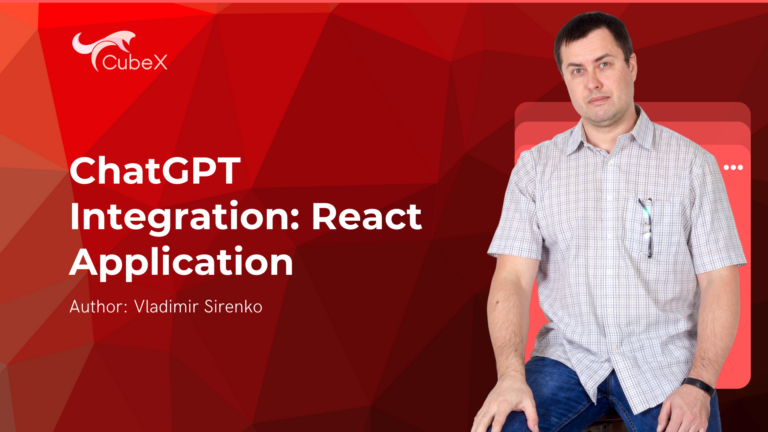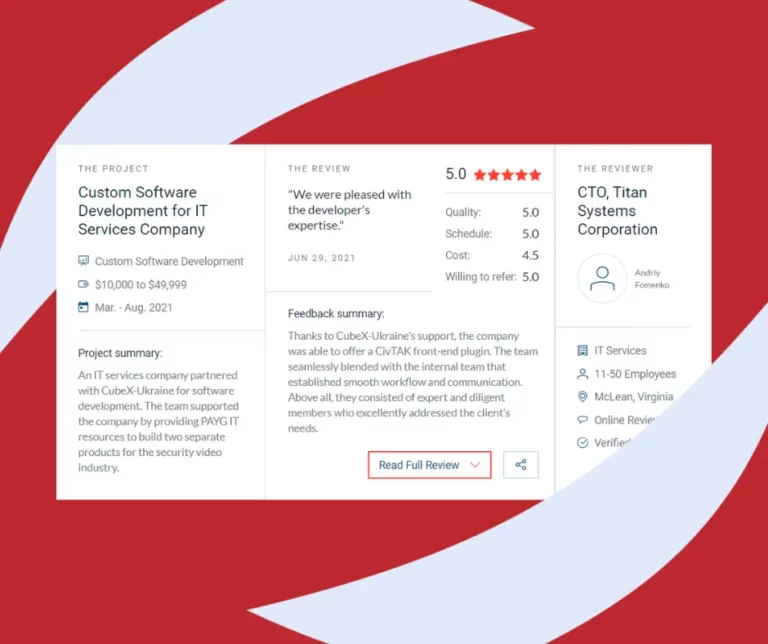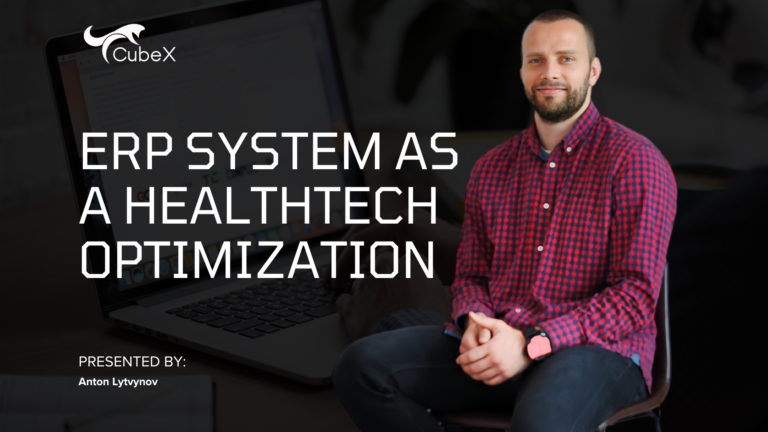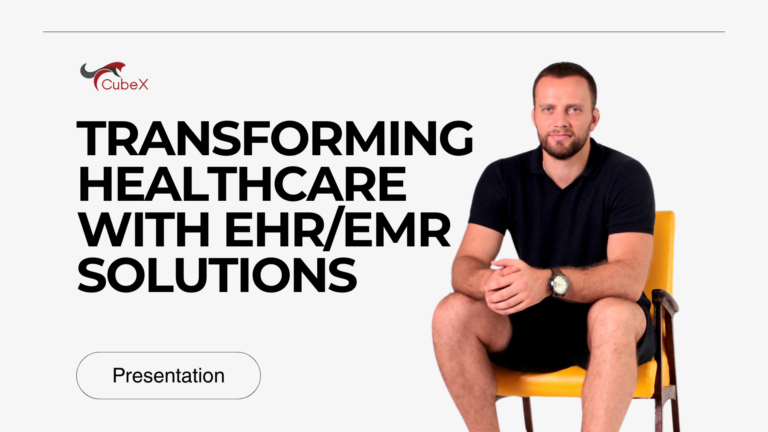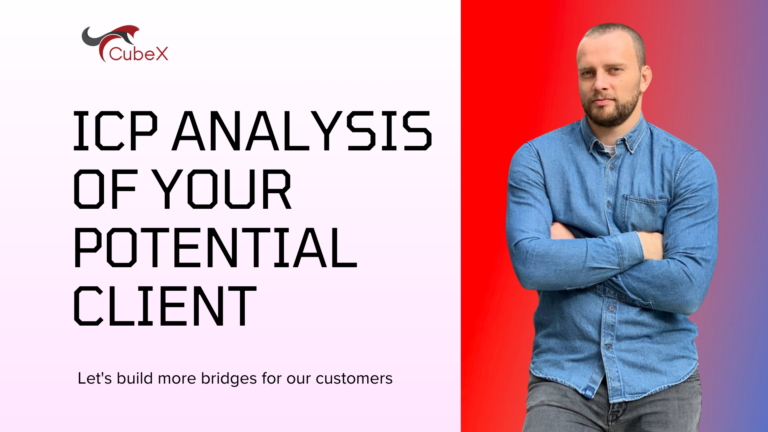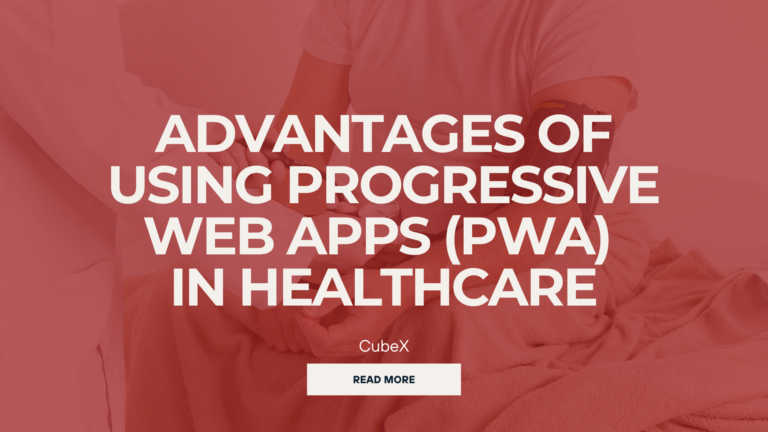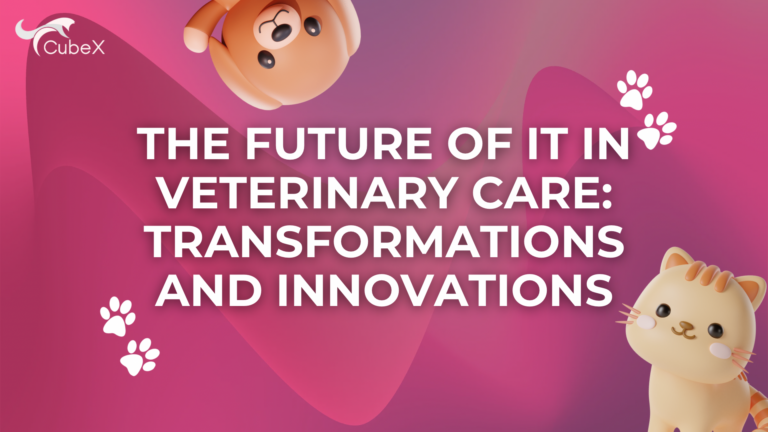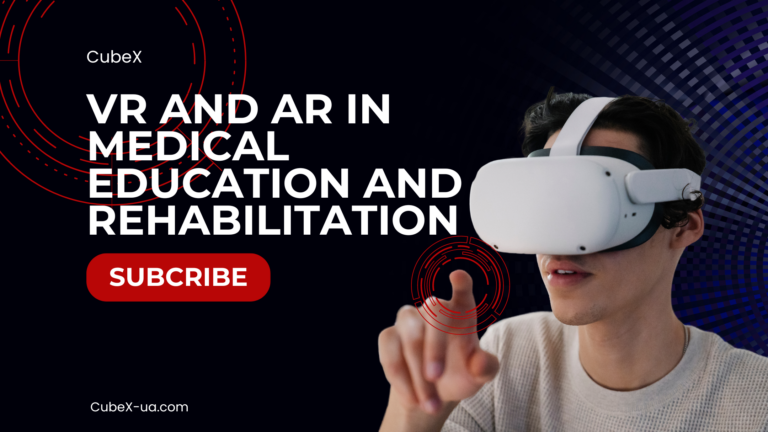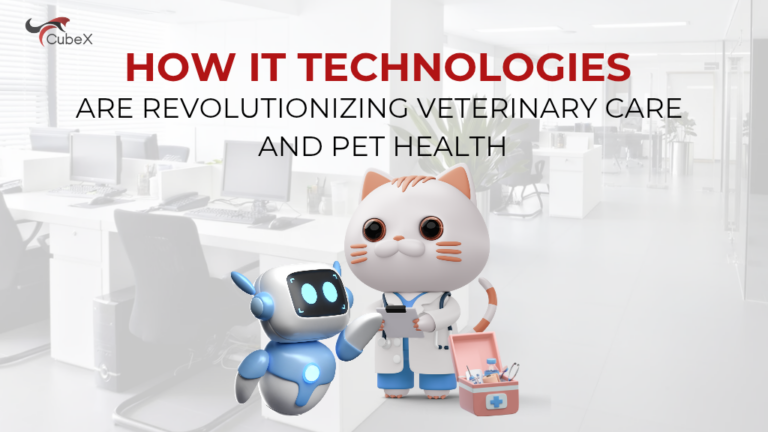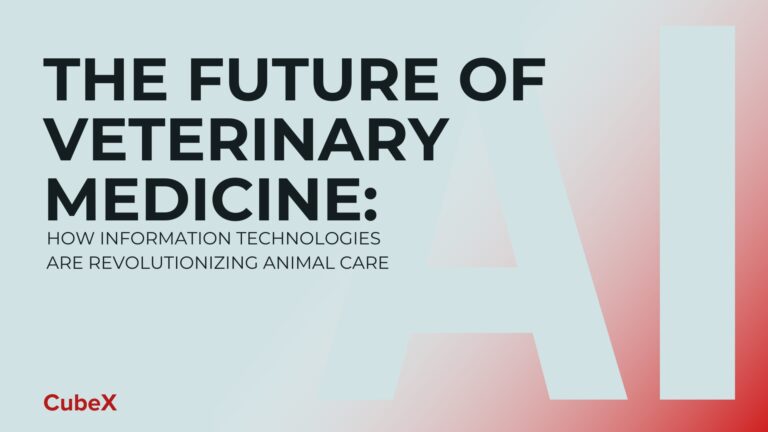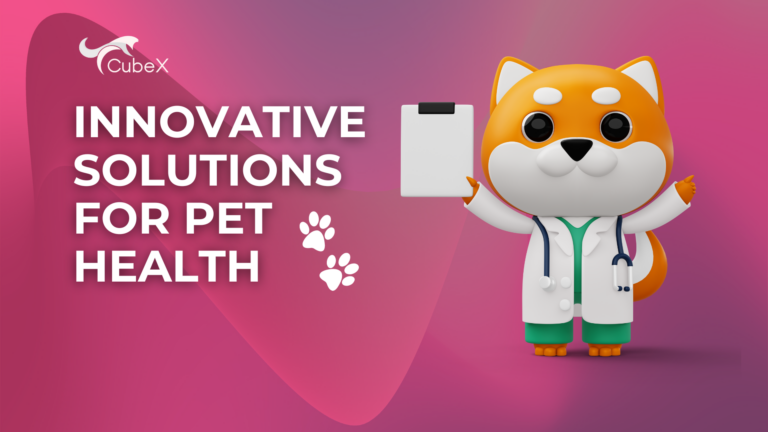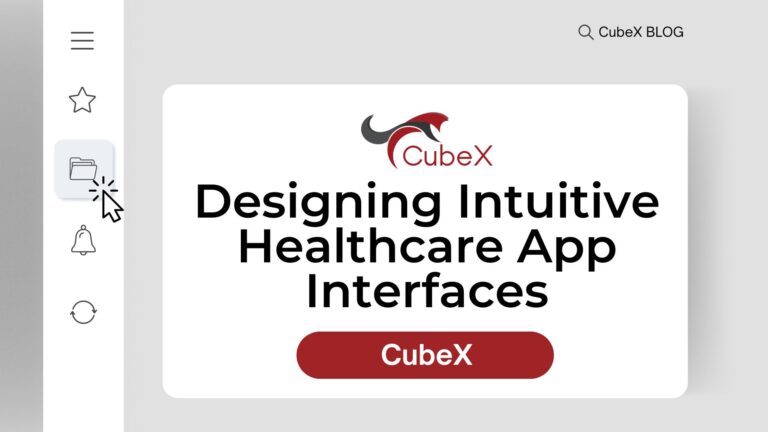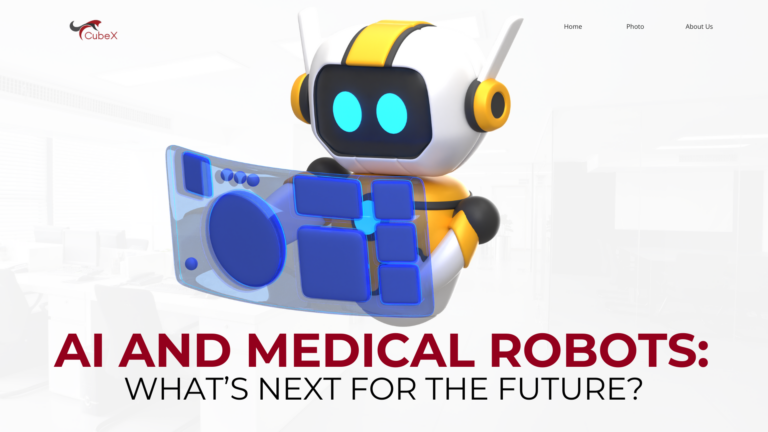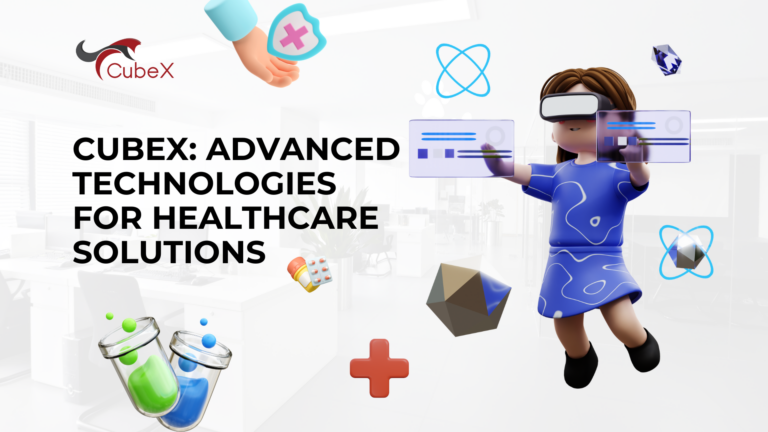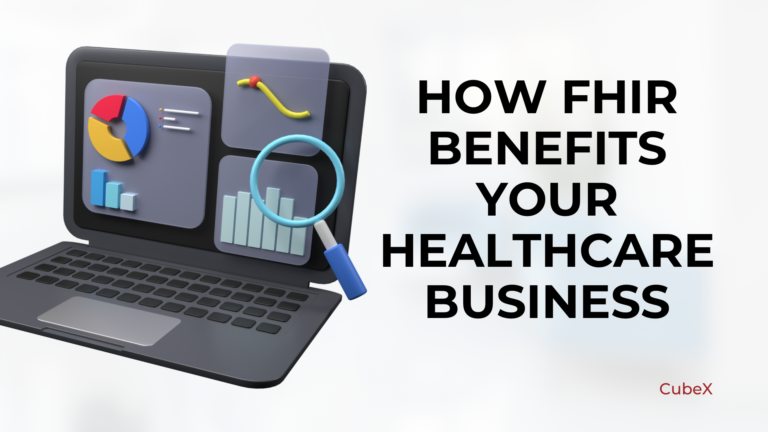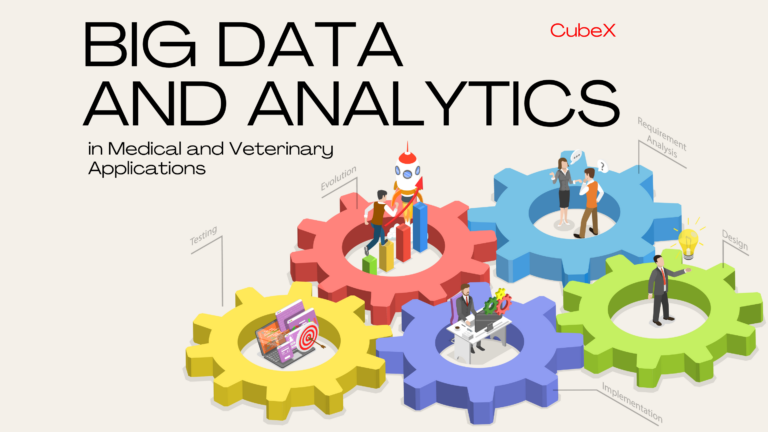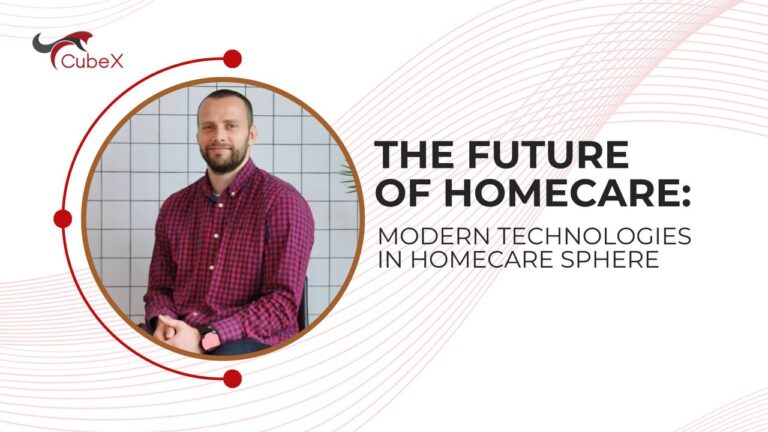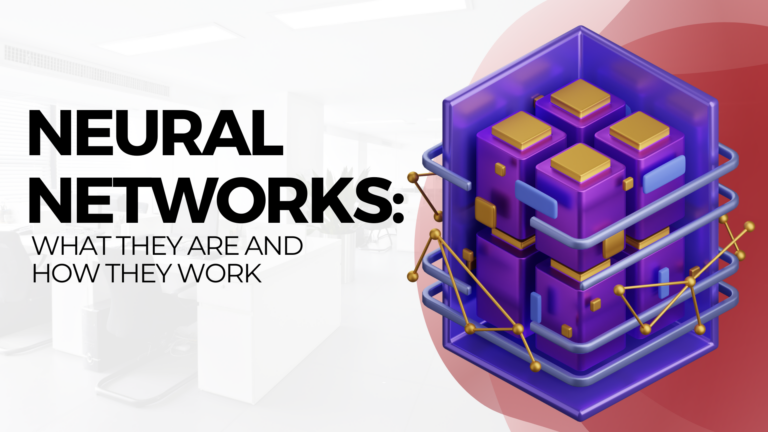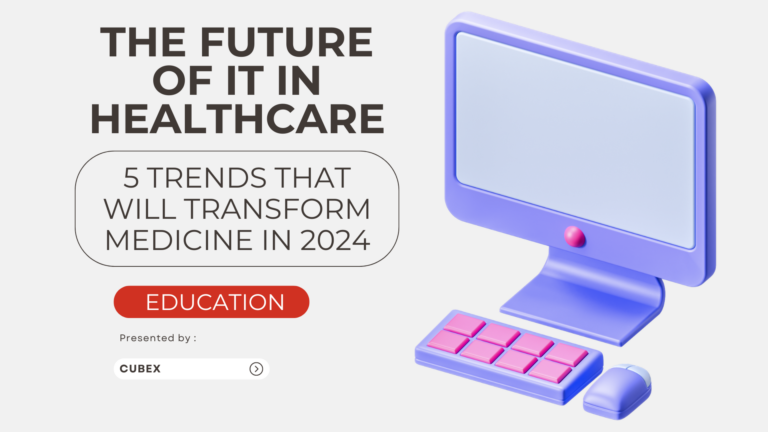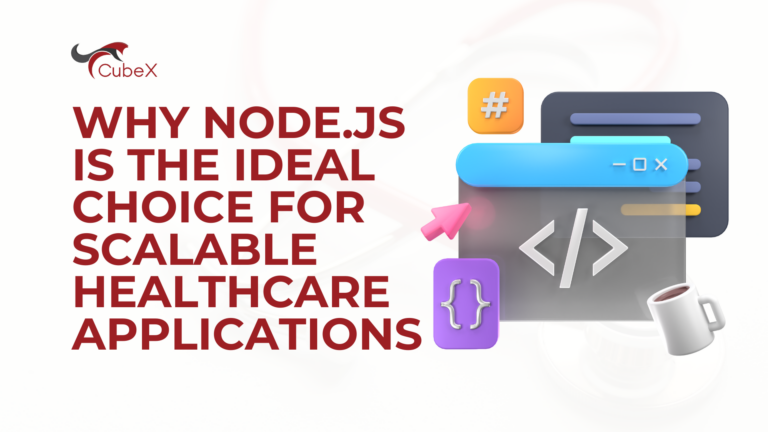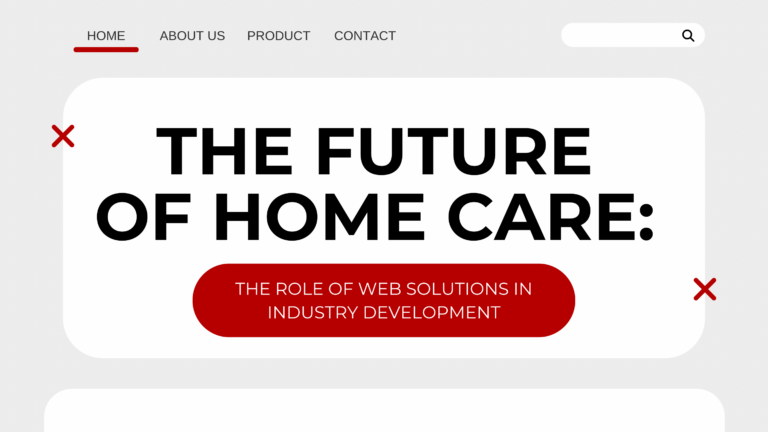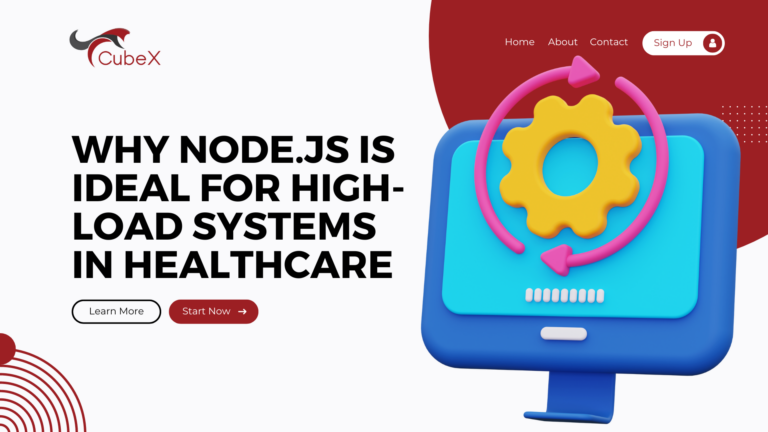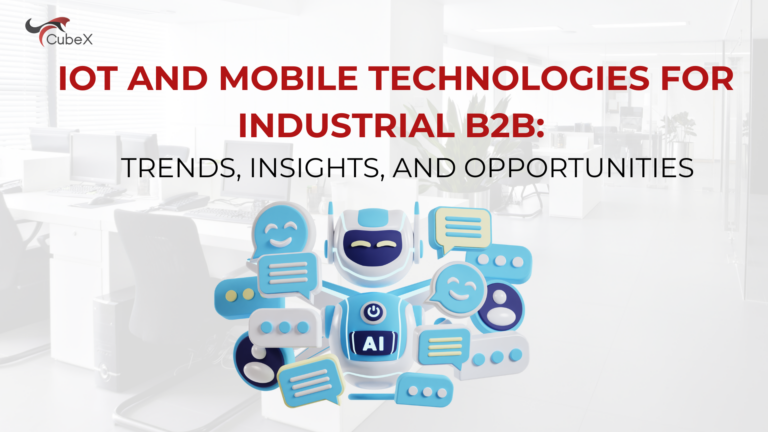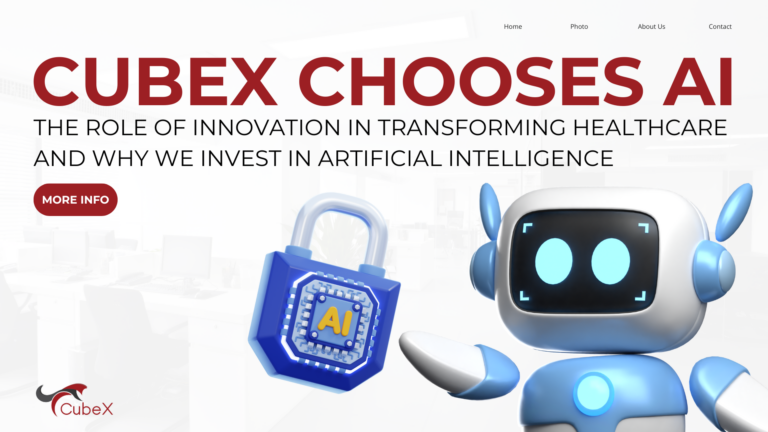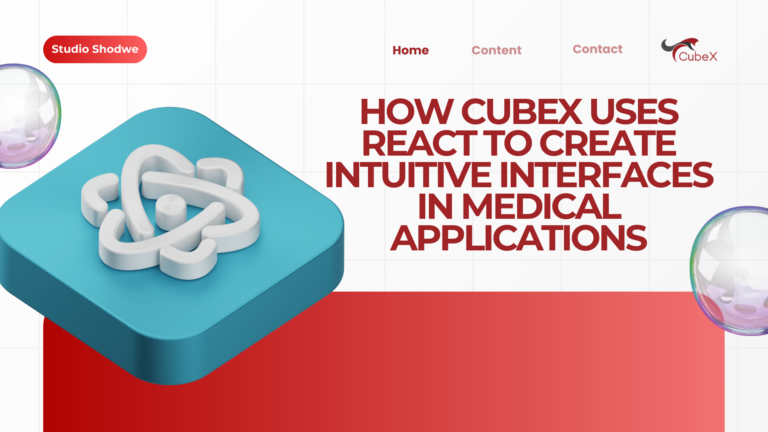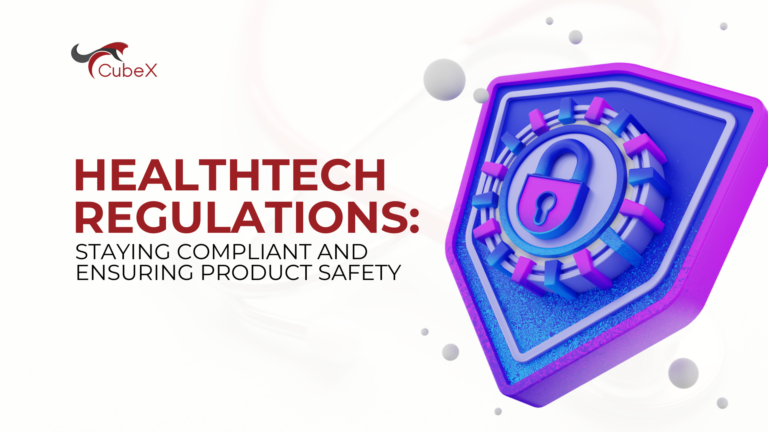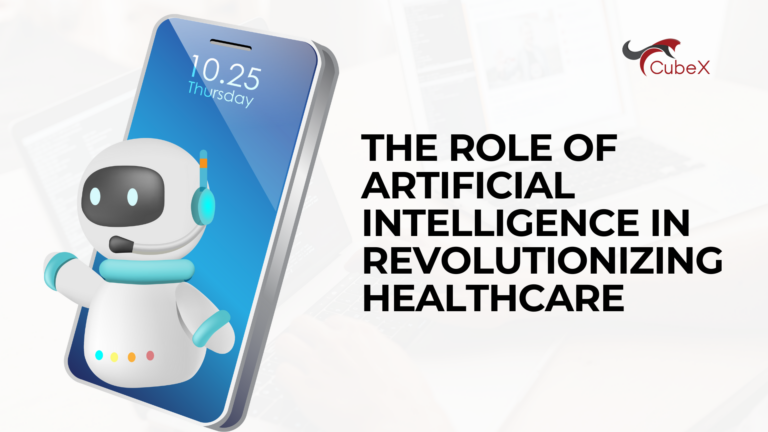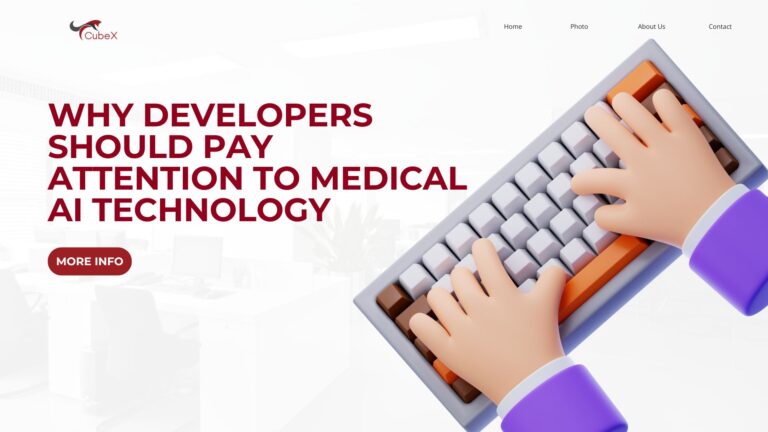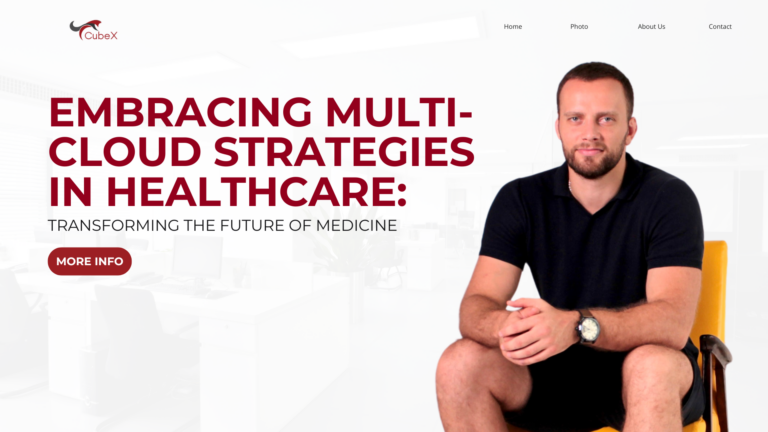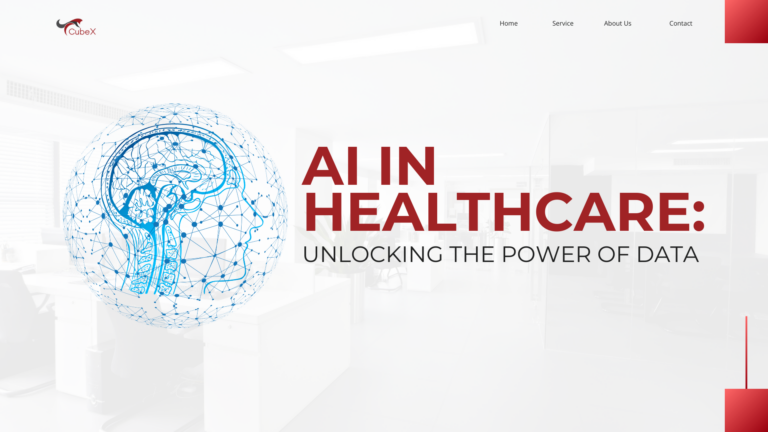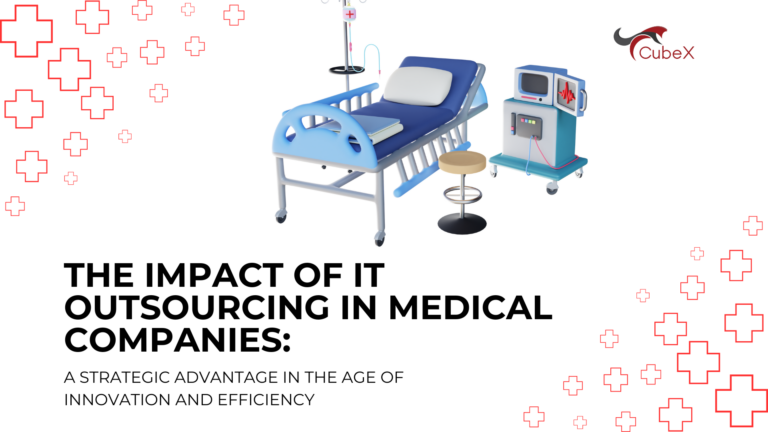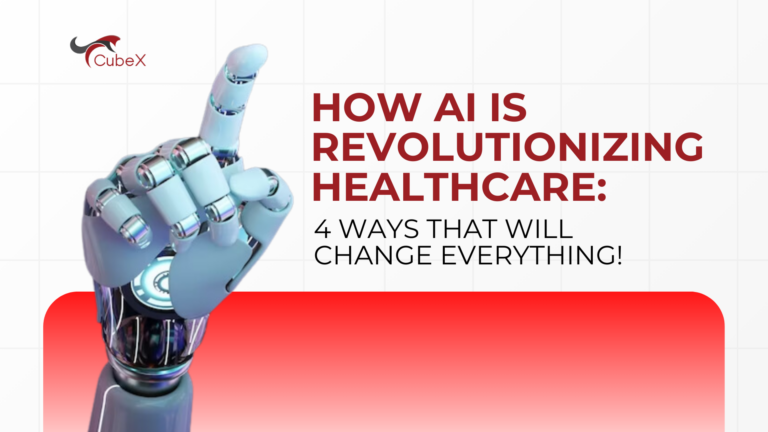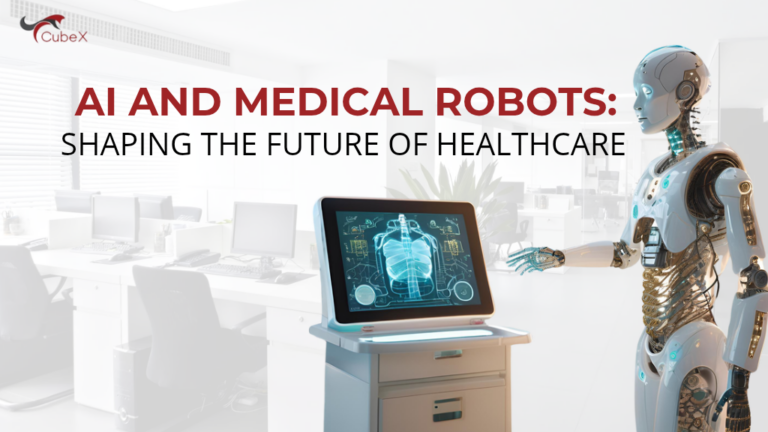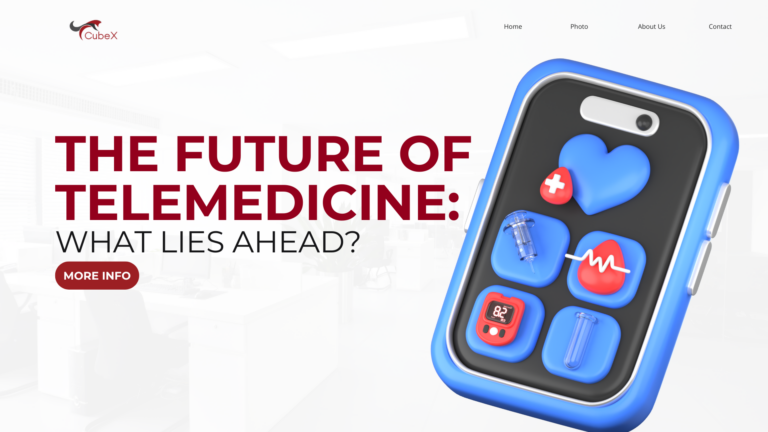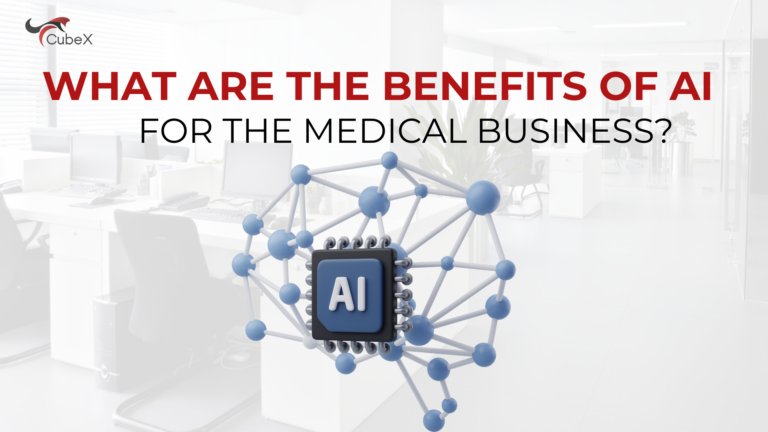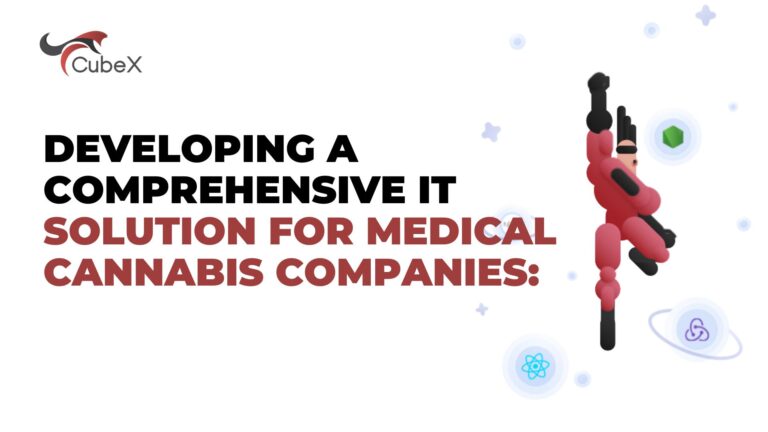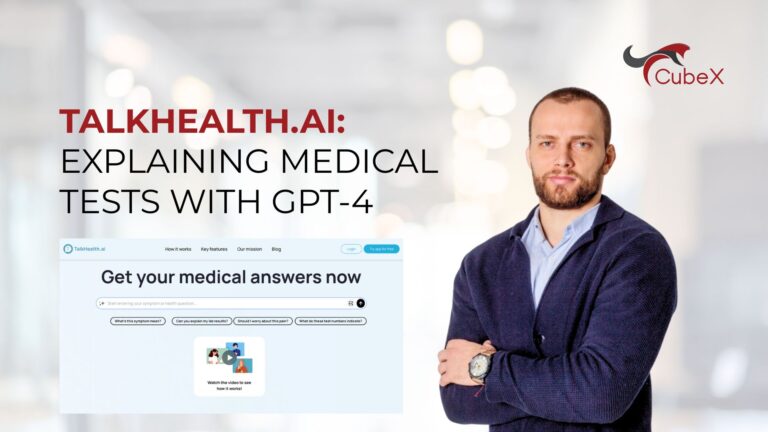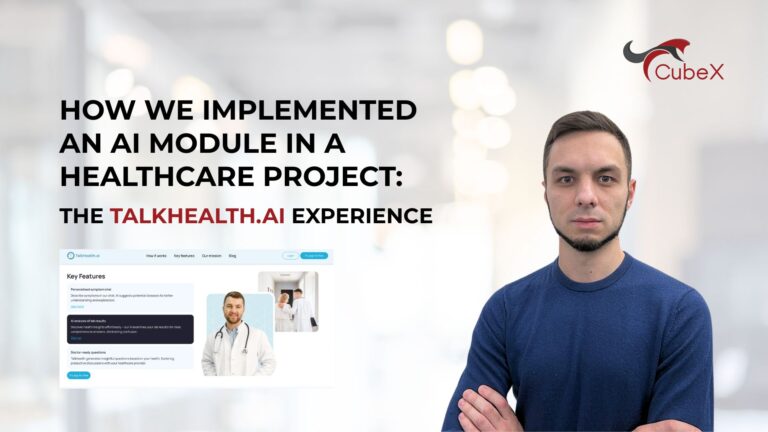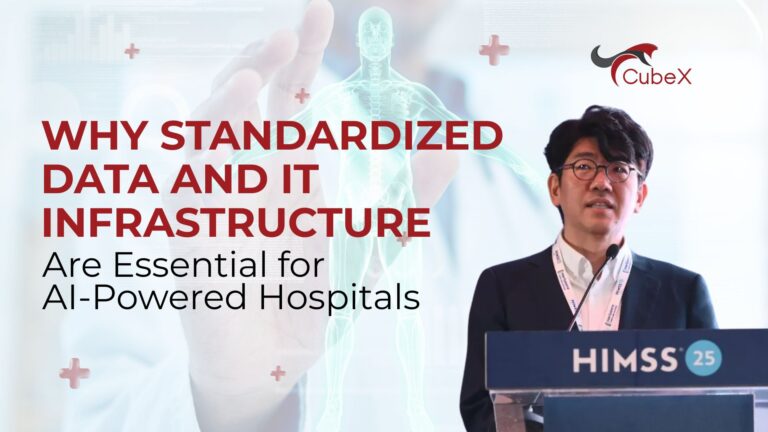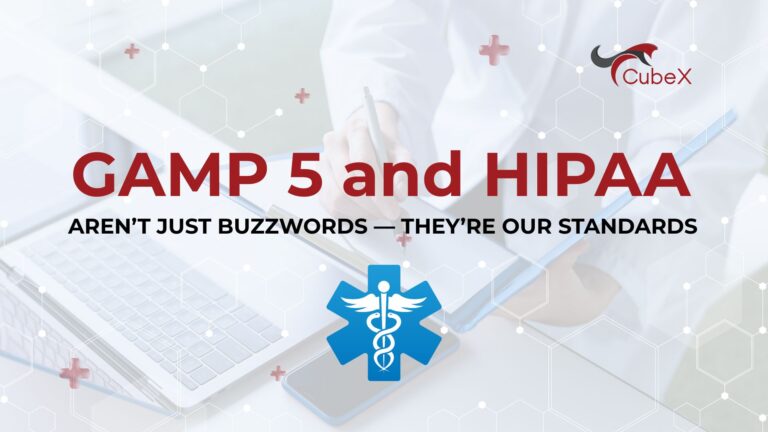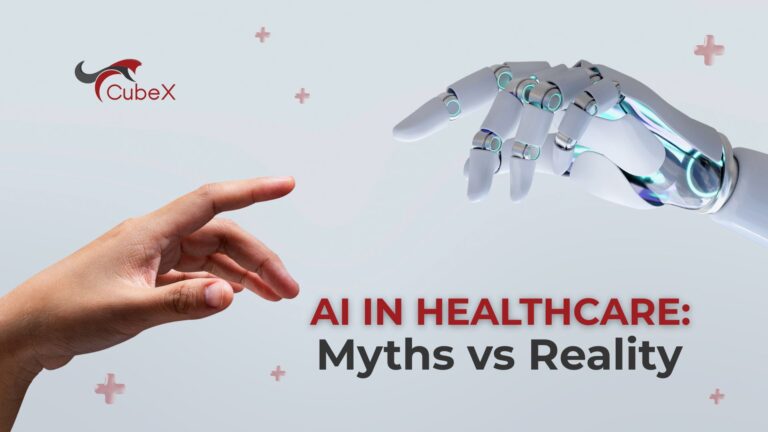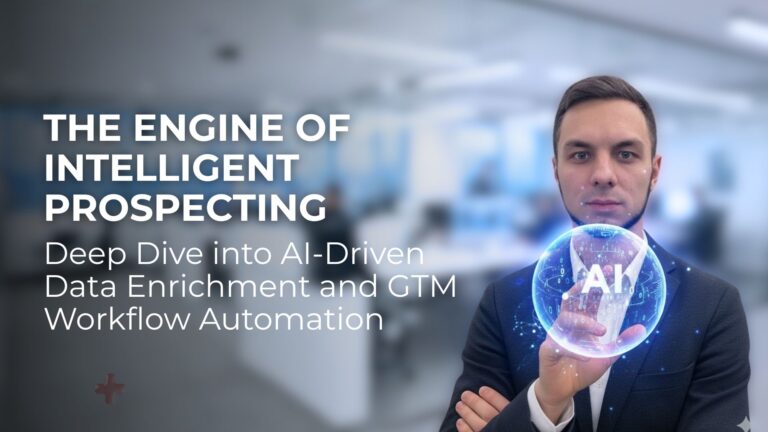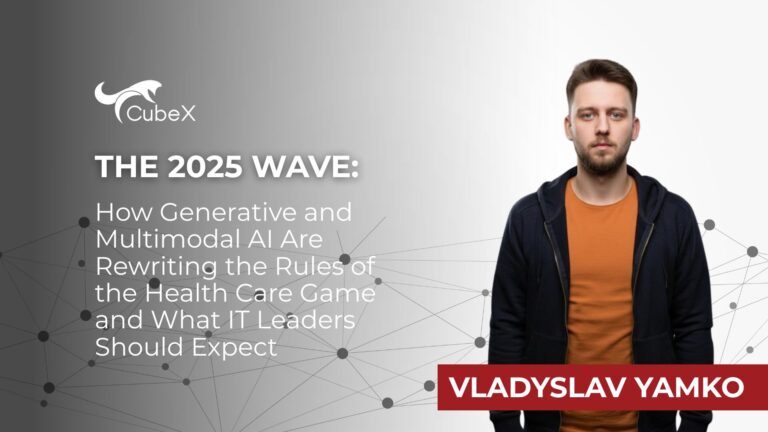The 2025 Wave: How Generative and Multimodal AI Are Rewriting the Rules of the Health Care Game and What IT Leaders Should Expect
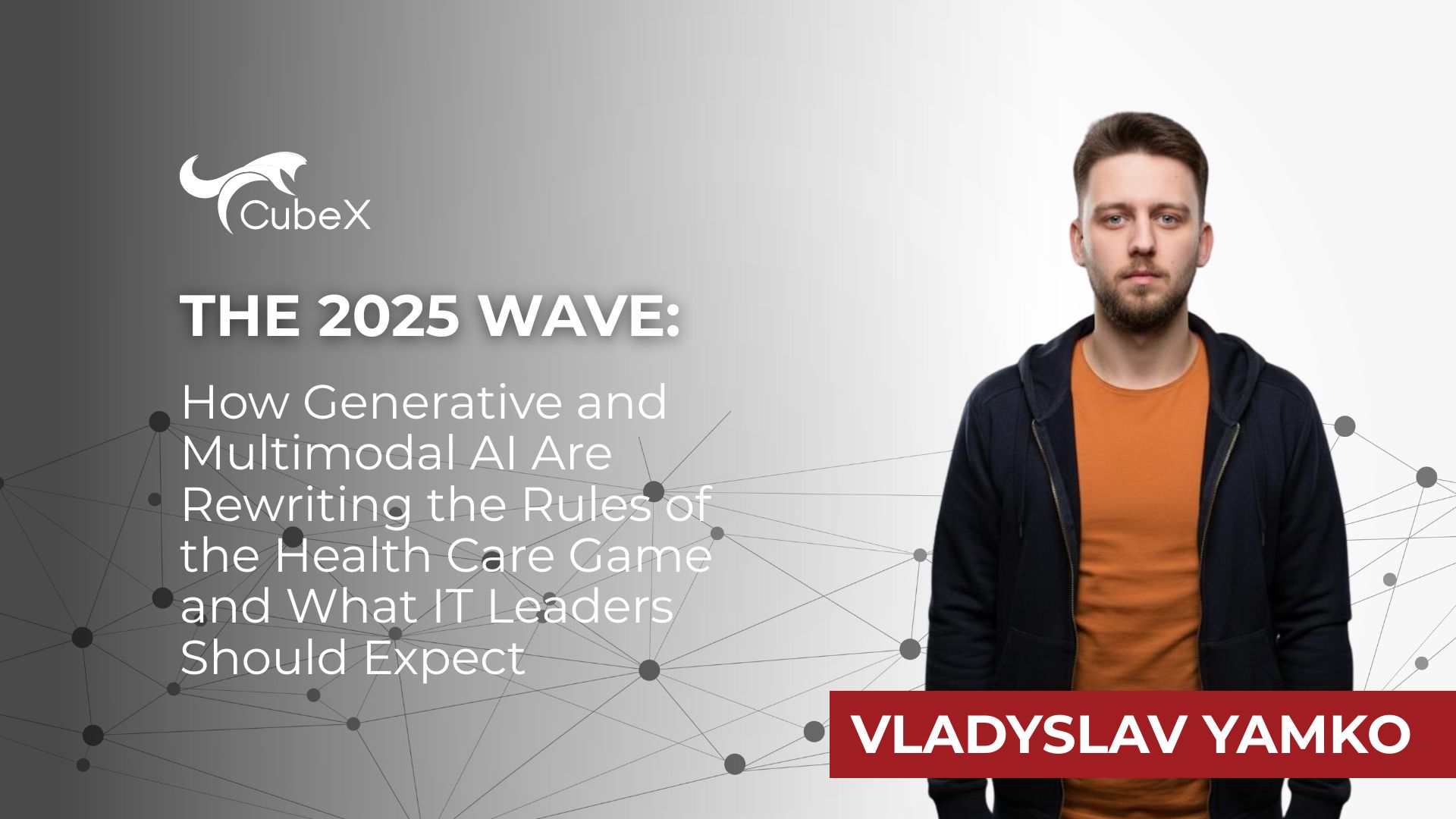
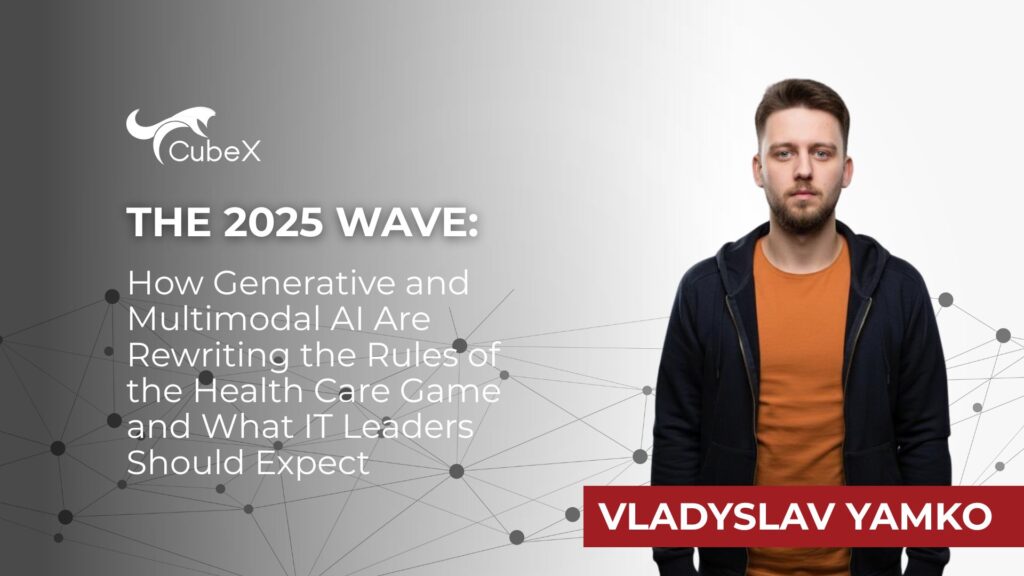
Artificial Intelligence (AI) has finally moved from the hype stage to the phase of industrial implementation in the healthcare sector. The summer and autumn of 2025 marked a profound structural transformation, where technological breakthroughs, especially in Multimodal AI and predictive medicine, became closely intertwined with increased regulatory scrutiny and investors’ demand for measurable return on investment (ROI). The success of IT companies in this sector now depends on their ability to manage the Total Product Life Cycle (TPLC), ensure data interoperability, and adhere to dynamic regulatory standards.
I. Strategic Overview: Economic Shifts in AI HealthTech (Q3/Q4 2025)
A. Global Investment Landscape: Unstoppable Growth Driven by AI
The global venture capital (VC) market demonstrated sustained strength throughout the third quarter of 2025, reaching a total investment volume of $120.7 billion, marking the fourth consecutive quarter of high investment.1 The artificial intelligence sector consistently maintained leadership in investment activity, attracting significant funding rounds for both the development of foundational models and applied solutions.1
This financial optimism reflects the macroeconomic outlook for HealthTech. The current size of the global AI in healthcare market in 2025 is estimated at $28.07 billion, but with an aggressive growth forecast to $543.83 billion by 2035, corresponding to a compound annual growth rate (CAGR) of 34.5%.2 This trajectory suggests that the current influx of capital is only the beginning of a long-term trend. Simultaneously, there is a renewed optimism about liquidity: the global value of Exits climbed to $149.9 billion, the highest since the fourth quarter of 2021, largely thanks to the resurgence of IPO activity.1 Reports for the third quarter of 2025 also show that four of the nine major mergers and acquisitions (M&A) deals valued at over $1 billion involved the healthcare and biotechnology sectors, highlighting the strategic importance of innovation.3
B. Investment Focus: From Hype to Clear ROI
Despite the significant investment volume in AI 1, there is a pronounced caution regarding practical returns. According to analytical reports, only 15% of AI decision-makers reported an EBITDA lift in their organizations over the past year.4 This mismatch between funding volumes and measurable financial success compels investors and IT company executives to shift their focus from long-term research pilots to low-risk solutions with high, immediate returns.
This is why the largest share of digital health funding (42% since the start of 2025) was directed not toward purely diagnostic tools, but toward workflow and infrastructure solutions.5 Key funding rounds in Q3 2025 confirm this priority:
Key VC Funding Deals in Digital Health (Q3 2025)
| Company (Focus) | Round Amount (M USD) | AI Category | Strategic Impact (ROI/Focus) |
| Strive Health | $550 | Workflow & Infrastructure | Leadership in B2B solutions with high ROI and scalability |
| Abridge | $300 | Ambient Scribe / NLP | Reducing administrative burden on clinicians, combating burnout |
| Ambience | $243 | Provider Workflow Automation | Rapid growth of infrastructural AI solutions for clinical systems |
| Innovaccer | $275 | Data Aggregation / Infrastructure | Supporting competition with EHR incumbents through data integration |
Investors are seeking tools that can immediately reduce administrative burden, such as Ambient Scribes (e.g., Abridge), or automate complex clinical processes, such as prior authorization management.5 At the same time, market incumbents like Epic and Oracle are actively embedding their own versions of popular startup products directly into their Electronic Health Record (EHR) systems, leveraging their data advantage.5 This is leading to a rapid market “reset”: what was considered innovation six months ago quickly becomes the industry standard. New companies must either integrate additional critical functionalities (e.g., adding prior authorization to an ambient scribe platform) or focus on narrow but critically important “overlooked workflows”.5
II. Technological Epicenter: Multimodal AI and Personalized Medicine
Autumn 2025 is marked by the dominance of technologies that enable data integration and enhanced predictive capability.
A. The Multimodal AI Revolution in Diagnostics
Multimodal AI (MM-AI) has become a key trend in diagnostics. This technology moves beyond the traditional analysis of a single data type (e.g., only images or only text), integrating diverse sources: medical images, clinical notes, genomic data, and real-time physiological signals.6
By synthesizing this diverse information, MM-AI provides a holistic, unified diagnostic conclusion that mimics the integrative reasoning of an experienced clinician. This significantly increases diagnostic accuracy, as MM-AI can detect subtle patterns and complex correlations that go unnoticed by systems using a single modality.6 For instance, in advanced dementia care, AI analyzes patients’ dietary patterns along with vascular risk data and other biomarkers to develop highly personalized treatment plans.78
B. Predictive Medicine and Edge AI
A new generation of specialized Machine Learning (ML) models, developed by leaders like AstraZeneca, utilizes massive repositories of population data. These models can predict certain diseases with high confidence many years before the patient is aware of any clinical symptoms.89 This shift in focus moves AI from a decision support tool to a critical early detection instrument, enabling healthcare providers to perform timely and proactive interventions, which in turn reduces the risk of adverse events.910
As Multimodal AI requires continuous analysis of dynamic data, and remote patient monitoring becomes widespread, the critical importance of Edge AI (AI on peripheral devices) grows.10 This allows diagnostics to be performed directly on the device, minimizing delays and enhancing data security.11 Examples of FDA-approved solutions in 2025, such as Clarius Prostate AI, SpotLight, and InVision Precision Cardiac Amyloid 1213, demonstrate that algorithms are being integrated directly into medical devices, providing rapid access to diagnostic information at the point of care.
C. Ethical and Architectural Challenges of Large Language Models (LLMs)
The widespread use of Large Language Models (LLMs) in personalized medicine necessitates that they be “human-centric” and “bias-free”.14 Beyond ensuring empirical reliability, developers must address complex ethical and societal challenges, including strict data privacy, mitigating biases, and ensuring accountability.1415
For LLMs to gain the full trust of clinicians, they must go beyond mere text processing. Integrating “Theory of Mind” into the model architecture is necessary, allowing AI to understand and respond to patients’ emotional, value-based, and experiential differences. Only then can the AI system offer more compassionate and personalized medical advice.14 Additionally, there is an imperative for technological inclusivity: ensuring that technological advancements, including LLMs, are accessible to all, particularly individuals in technologically underserved areas and older adults, which requires the development of simpler and more user-friendly interfaces.14
III. Accelerating Pharmaceutical Research and Clinical Trials
AI has become a strategic catalyst in the biopharmaceutical industry, transforming drug development from a long, high-cost process into a faster and more targeted one.
A. Transformation of Drug Discovery
It is estimated that by the end of 2025, approximately 30% of new drug substances will be discovered using AI.16 Artificial intelligence is fundamentally changing the economics of the process: implementing AI-enabled workflows can reduce the time required to advance a new molecule to the preclinical candidate stage by up to 40%, and decrease overall costs at this stage by up to 30%.16
Furthermore, AI plays a crucial role in increasing the Probability of Success (PoS) in clinical trials. Traditionally, only about 10% of candidates successfully navigate clinical trials. By using AI to analyze large datasets, biopharmaceutical companies can more accurately predict patient responses and optimize trial design, significantly boosting PoS.16
B. AI as a Strategic Asset in M&A
The acceleration provided by AI (e.g., 40% reduction in development time) has transformed this technology from a supporting tool into a critical strategic asset. In the third quarter of 2025, pharmaceutical giants executed multi-billion dollar deals, such as Johnson & Johnson’s acquisition of Shockwave Medical ($13.1 billion) and Novo Holdings’ acquisition of Catalent ($16.5 billion).173
This intensity of M&A activity demonstrates that to maintain a competitive edge, companies cannot afford slow internal AI adoption. Organizations that fail to implement advanced AI platforms for drug discovery and research optimization risk falling behind competitors. This stimulates investment in internal AI platforms or the strategic acquisition of specialized biotechnology companies already leveraging AI.
IV. Regulatory Drive: Dynamic Compliance (Q3-Q4 2025)
For IT companies operating in Health Care, regulation is becoming not a static barrier but a dynamic requirement that dictates software architecture and the development lifecycle.
A. FDA’s Shift to Post-Market Monitoring
The most significant regulatory event of the third quarter of 2025 was the U.S. Food and Drug Administration’s (FDA) request for public comment on September 30. The request sought input on practical approaches to measuring and evaluating the performance of AI-enabled medical devices in the real world.181920
The FDA’s primary focus is on strategies for detecting, assessing, and mitigating “performance drift”—a situation where an AI device loses accuracy or safety over time due to changes in input data (e.g., changes in patient demographics, updates to clinical equipment or protocols).1819 This indicates that for AI-based devices, passing a static initial approval is no longer sufficient. Regulators require developers to invest in Real-World Evaluation Methods and Infrastructure—automated, proactive post-deployment monitoring systems that can maintain safety and effectiveness throughout the Total Product Life Cycle (TPLC).1821
B. European Regulatory Convergence
In Europe, the regulatory landscape also underwent significant changes affecting AI implementation in Health Care. In August 2025, the rules of the European AI Act regarding General Purpose AI (GPAI) models came into effect. Since many medical solutions utilize foundational LLMs, these solutions now fall under the requirements for high-risk systems, necessitating additional compliance.
Simultaneously, the entry into force of the European Health Data Space (EHDS) in 2025 addresses a fundamental issue of data access. EHDS creates a secure, standardized space for the secondary use of health data (for research, innovation, and training AI models), providing the necessary raw material for scaling European AI HealthTech solutions.
C. Key Legal and Technical Implications
The FDA’s inquiries into drift management and the new requirements of the AI Act signify a transition from developing Software as a Medical Device (SaMD) to managing the TPLC. This compels IT companies to invest in regulated MLOps platforms that can ensure continuous validation, real-time performance tracking, and automatic generation of audit trails for regulatory oversight.
Furthermore, the use of generative AI for clinical documentation and notes (Ambient Scribes) has raised intellectual property (IP) issues. The adoption of legislation by some US states in 2025, which clarifies that IP for AI-generated content belongs to the person who provided the input data or the employer , sets a precedent and requires IT companies to clearly formalize intellectual property rights in implementation contracts.
Evolution of Regulatory Requirements (Q3-Q4 2025)
| Regulatory Body | Key Initiative (Q3/Q4 2025) | Date | Impact on AI Developers |
| FDA (US) | Request for Public Comment on Real-World Evaluation | September 30, 2025 | Mandatory development of systems for proactive monitoring of “performance drift” |
| European Commission | AI Act (GPAI Rules Effective) | August 2025 | Need for foundational models to comply with High-Risk system requirements in Health Care |
| European Commission | European Health Data Space (EHDS) | 2025 (Effective) | Creation of a single, reliable space for the secondary use of medical data, feeding AI |
V. Critical Factor: Interoperability as the AI Superhighway
No scalable or multimodal AI system can function effectively without a reliable, standardized data infrastructure. Interoperability is no longer just a “desired” feature; it has become a clinical necessity.
A. The Necessity of Data Standardization
Successful implementation of Multimodal AI 6 and support for FDA requirements for post-market monitoring 18 demand access to large volumes of consistent, real-time data. Standards like FHIR (Fast Healthcare Interoperability Resources) provide a modern exchange protocol that makes patient records consistent and accessible across different platforms. Furthermore, TEFCA (Trusted Exchange Framework) creates a federated network that ensures secure nationwide data exchange, expanding the data pool for training AI models.
Utilizing FHIR-based API integrations allows AI systems to quickly aggregate and process data from disparate sources—EHRs, HIEs, and other networks—which is critical for Multimodal AI.
B. Stimulating Practical Adoption through CMS
The Centers for Medicare and Medicaid Services (CMS) in the US initiated its Interoperability Framework (Q4 2025), positioning it as a call to action aimed at transitioning from theoretical debates to real, practical results. CMS invites early adopters (providers, payers, and EHR developers) to join a network committed to meeting unified data exchange criteria, with the goal of showcasing objectives by the first quarter of 2026.
This Framework aims to address specific, acute workflow problems, aligning with the investment focus of Q3 2025 (Section I). Among the practical CMS goals are to “Kill the Clipboard” and integrate Conversational AI.
As Multimodal AI becomes the standard for advanced diagnostics 6, and AI devices require a continuous data flow to monitor drift 18, a healthcare organization’s failure to adhere to FHIR/TEFCA standards means not just inefficiency, but a limitation of clinical capabilities in implementing critically important AI solutions. Moreover, amidst the predicted vendor fragmentation 4, where enterprises must integrate solutions from hyperscalers, EHR incumbents, and specialized startups, there is high demand for integrators who can create “agentlakes”—complex, integrated architectures capable of connecting these disparate AI agents using unified FHIR standards.
VI. Strategic Recommendations for IT Companies: Capitalizing on the 2025 Wave
The 2025 wave of innovation and regulation clearly defines that success in Health Care depends on the ability to manage complexity, integration, and compliance.
A. Adopting the TPLC Model and Regulated MLOps
IT companies must move away from selling static software and shift toward offering solutions that cover the entire Total Product Life Cycle (TPLC). This requires investment in the development and maintenance of regulated MLOps platforms that provide automated, proactive monitoring of “performance drift” in real-time, meeting the key FDA requirements articulated in September 2025.18 Demonstrating the capability for dynamic model management is the new mandatory element for securing large clients.
B. Focus on Guaranteed ROI and Interoperability
As investors and clinic executives demand immediate financial returns, development must focus on solutions that deliver rapid, measurable ROI. This primarily includes workflow automation and ambient scribes, which promise significant reductions in administrative costs.5
For the implementation of any advanced AI—whether Multimodal AI or predictive models—expertise in FHIR and TEFCA standards is not just an added service but a critical prerequisite. IT companies that can guarantee reliable and fast integration with EHR systems via standardized APIs will have a decisive competitive advantage.
C. Ensuring Ethical and Technological Inclusivity
In light of new requirements for LLMs and GPAI regulation, companies must emphasize methodologies that ensure technological fairness, actively eliminating biases in data. Developing models that incorporate “Theory of Mind” will help increase clinicians’ trust in LLMs as decision support tools.14 Furthermore, IT companies can capitalize on the growing need for education and consultation by offering clients AI training and implementation programs that align with the forecasted demand for mandatory AI training.
Contact Us
Please contact us for any further information




